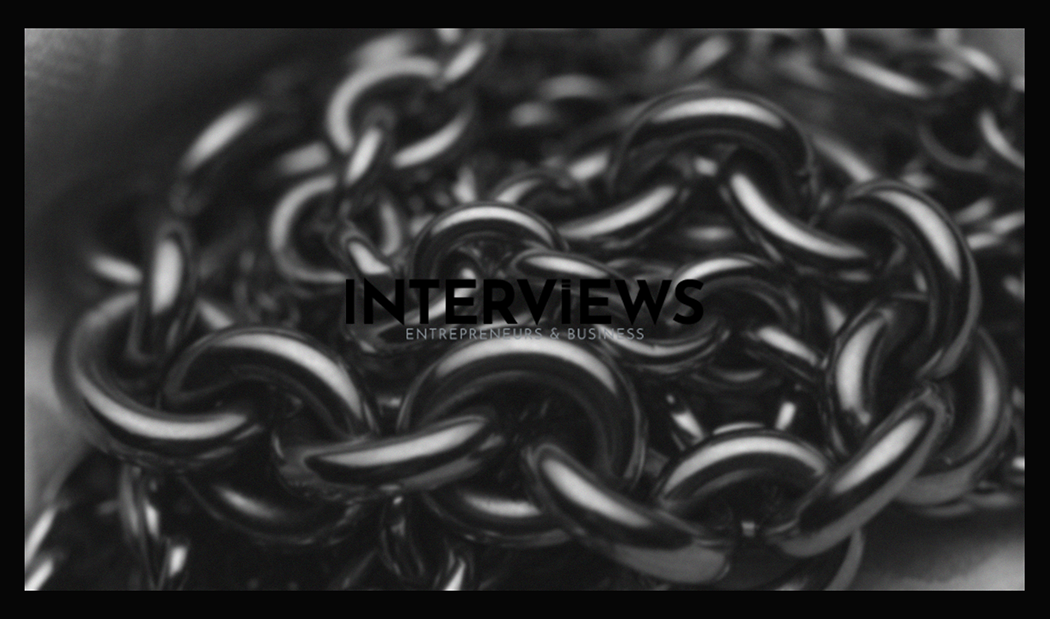Unleash Your Inner Dapper: The Lowdown on Tie Chains
Your tie digs its freedom. It flaps in the wind or dives into your soup. Enter the tie chain. It restores order and spruces up your neckwear. Think of it as the hero of men’s accessories. The tie chain controls ties, keeping them straight and stylish. It’s a refined cousin of tie clips and bars.
Deconstructing the Tie Chain: What’s in the Box?
A tie chain is simple, really. It consists of two parts. First, there’s a durable clip. It attaches to your shirt button or the placket. Second, you have a chain, made of gold or silver, which adds shine as it decorates your tie. It’s a mix of function and style.
Mastering the Art of the Tie Chain: How to Use It Like a Pro
Using a tie chain is easy. First, find your anchor point. This is the shirt button that guides your tie. Next, slide the looped bar over this button. Then, slide your necktie through the chain. Ensure the chain rests evenly and the clip is attached firmly. This keeps your tie sharp.
Style Points: Tie Chains in the Fashion Arena
Are tie chains still relevant? While not mainstream, they remain classic accessories. They add sophistication to formal looks. They adapt to various outfits and occasions. The design can be subtle or bold, giving a refined or relaxed feel. Tie chains withstand time. They stylishly prevent ties from escaping or getting wet.
Tie Chain Commandments: Usage Guidelines
Choosing a tie chain requires thought. Match it to your tie’s fabric, pattern, and width. Consider the event—boardroom or brunch? Also, reflect on your style. Your tie chain must enhance your look, not clash. Tie bars lean formal. Tie clips and our tie chains are versatile. Coordination is important. Matching materials makes for a polished image.
Placement Perfection: Nailing the Tie Chain Sweet Spot
Placing your tie chain matters. Too high, and it seems forced. Too low, and it disappears. Aim between the third and fourth buttons for balance. This spot is ideal for tie chain placement. You have some flexibility though, anywhere from a third up to halfway is fine as long as you look intentional.
A Dash of History: Tie Chains Through Time
Let’s review a bit of history. The ancestors of tie chains, tie clips, became popular in the 1920s. Ties in that era were straight and made from silk. These accessories replaced old, pokey pins, marking a neckwear revolution.
Tie Chains and the Accessory Ecosystem: Friends or Foes?
Tie chains don’t act alone. They get along with tie clips and bars. Together, they control ties and enhance styles. Think of them as tools in the same kit. You can swap tie chains with clips or bars for similar results—keeping a tie in place and stylish.
When to Bench the Tie Chain: Knowing When to Say “No”
Even great accessories have their days off. Your tie chain needs breaks sometimes. Water is a big no-no. Showers or pools are tie chain-free zones. Also, think about layers. If wearing a sweater over a tie, you don’t need a chain—it’s redundant. For formal events, like black-tie weddings, avoid a tie chain; let your tie shine alone.
Tie Tango: Choosing the Right Tie for Your Chain
Your choice of tie impacts the overall look when using a tie chain. Avoid busy designs with too many colors or patterns. A simpler tie is usually best. Solid ties complement suits and shirts well, especially darker shades. Silver ties are versatile options for weddings and celebrations.
The Tie in the 21st Century: Is It Curtains for Neckwear?
Fashion changes quickly. Trends come and go, sometimes sidelining neckties. Open-collared shirts gain popularity, pushing ties out. However, ties still hold significance in style for professionalism and authority. When wearing a tie again, a tie chain elevates your outfit from dressed to debonair.





